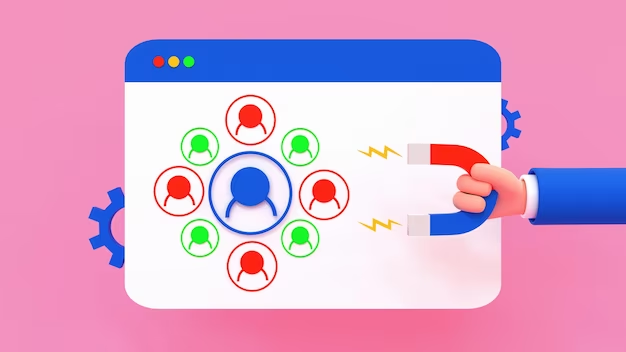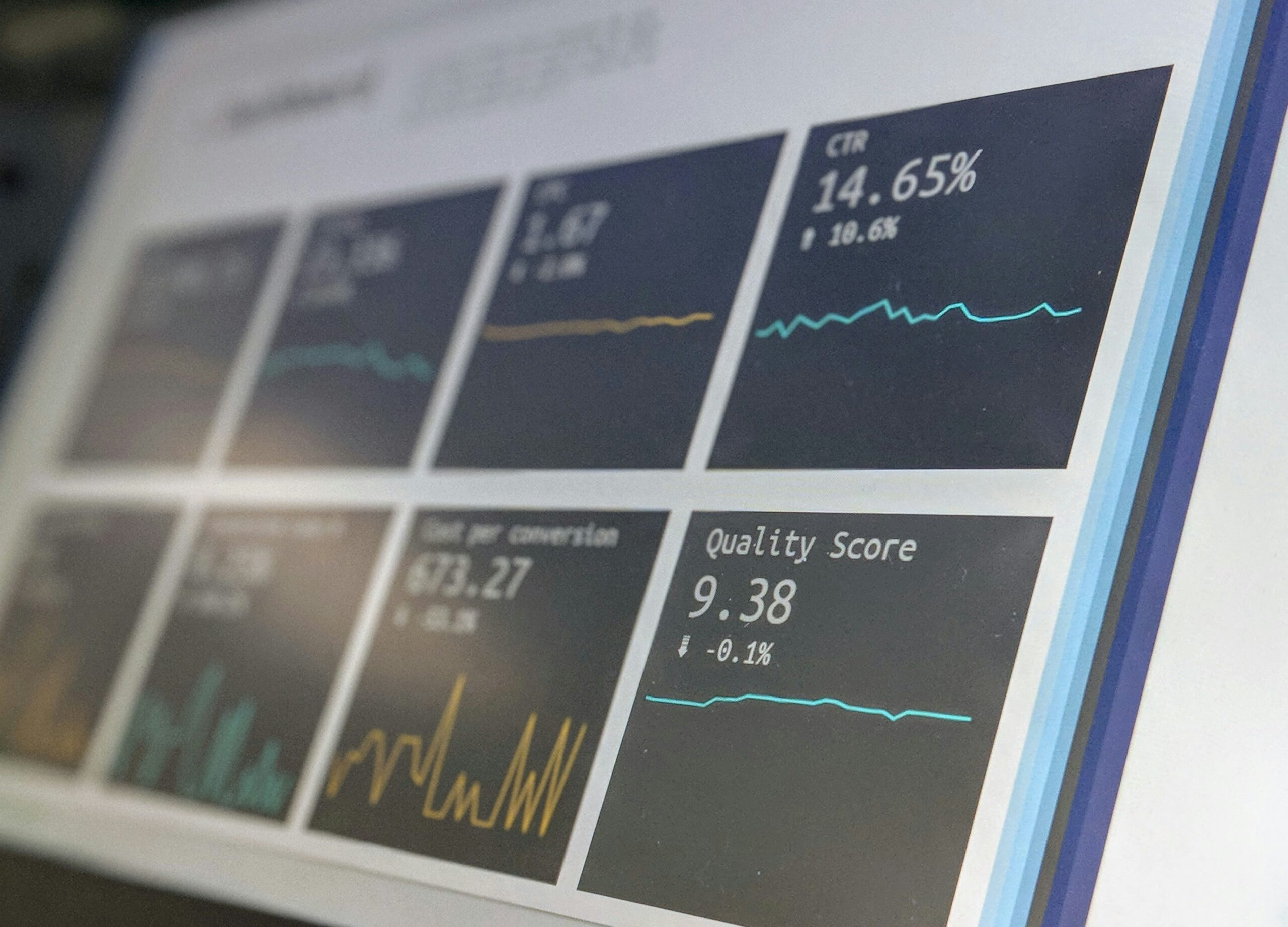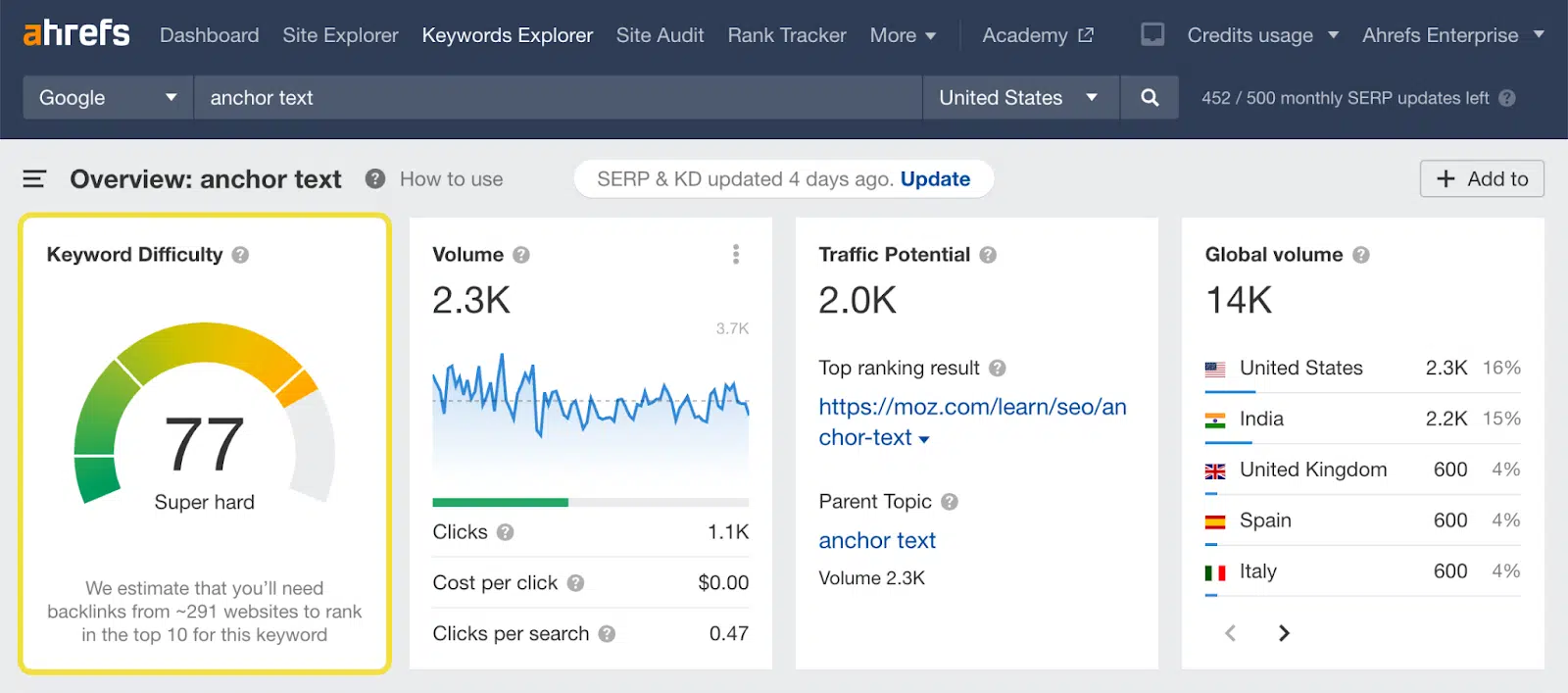Your Bounce Rate is a pivotal metric in the digital marketing landscape, serving as a window into the effectiveness of your website in engaging visitors. Despite its importance, it often flies under the radar for many small business owners.
For context, a 2022 Contentsquare report found that the average bounce rate across various industries sits at 47%, highlighting the significance of this metric in digital strategies. If half of your visitors are leaving after just one page, there may be missed opportunities to engage them further and convert those visits into valuable actions.
What is the definition of Bounce Rate?
Bounce rate refers to the percentage of single-page visits on your website, where the visitor leaves without engaging further. It offers a straightforward snapshot of site engagement and is crucial in understanding how well your content or interface meets visitor expectations. A higher rate often signals that users are not finding what they need or expected to find, leading to immediate exits.
A “bounce” occurs when a user accesses a webpage and then leaves without interacting with other elements on the site, such as links, forms, or videos. This could be due to various factors:
- irrelevant content
- slow loading times
- or even a mismatch in user expectations from what the page promised.
Understanding and correctly identifying your issue can be pivotal for making informed SEO and usability improvements. If you need help figuring out your bounce rate you can use our Free SEO Audit tool to help you identify more that 50 other metrics on your website including your bounce rate.

How is my Bounce Rate Measured?
Bounce rate is typically measured by dividing the number of single-page sessions by the total number of sessions, then multiplying by 100 to get a percentage. For example, if your site received 200 visitors in a day and 120 of them only viewed the front page before leaving, your bounce rate would be 60% (120 single-page visits divided by 200 total visits times 100). This straightforward calculation is key for site owners to gauge initial engagement efficiency.
Google Analytics and similar tools provide bounce rate metrics straight out of the box. These platforms automatically compute these statistics, allowing you to access historical data and track trends over time. Regular monitoring enables you to quickly identify shifts in visitor behavior, which can be instrumental when testing new designs or considering changes in content strategy.
Why Bounce Rate Differs Across Industries
It’s essential to recognize that bounce rates can vary significantly between industries. For instance, e-commerce websites typically exhibit lower rates due to interactive elements and features that encourage users to explore multiple pages, such as product searches and recommendations. This engagement is crucial for driving online sales and creating a robust user journey.
Conversely, content-heavy blogs can experience higher rates, as users often visit solely to read specific articles or posts. In these cases, a high bounce rate doesn’t necessarily indicate a problem—it might simply reflect successful content delivery where the visitor finds exactly what they’re looking for in a single page.
Why Bounce Rate Matters for Your Website
You website’s bounce rate serves as a vital frame of reference for understanding how effectively your website compels visitors to delve deeper into your offerings. This metric plays a critical role not only in strategic UX design but also in search engine optimization (SEO) efforts. In essence, optimizing your bounce rate can transform user engagement patterns and propel a site’s overall performance.
Importance of Bounce Rate in SEO
Bounce rate is an indirect signal in SEO strategies as search engines like Google assess it to gauge user satisfaction and site relevance. Lower bounce rates often correlate with improved rankings since they imply that the website content aligns well with search queries and user expectations. Conversely, high bounce rates may suggest irrelevant content, adversely affecting search performance.
Understanding these dynamics helps website owners tailor their holistic SEO approaches and refine content strategies to retain more visitors. Employing the use of bounce rate insights, you can identify areas requiring improvement, address content mismatches, and enhance user journeys, contributing to robust organic traffic growth.
How Bounce Rate Impacts User Engagement
Lower bounce rates are typically associated with higher on-site engagement, signifying that users find the content compelling enough to explore further. A low bounce rate can be an indicator of quality content that effectively retains visitor interest, prompting them to navigate beyond just the landing page.
Improved time-on-page metrics and decreased bounce rates are often resultant of strategic UX practices such as intuitive navigation, engaging multimedia content, and meaningful CTAs. Collectively, these factors can significantly enhance conversion rates, illustrating the tangible returns from investing in optimized content strategies.
Relationship Between Bounce Rate and Revenue
For e-commerce, bounce rate directly affects revenue outcomes. Websites exhibiting lower bounce rates often see increased transactions and customer interactions. These indicators suggest that potential buyers are not only visiting but also converting during their sessions, whether through purchases or inquiries.
High bounce rates, on the other hand, can signal lost sales opportunities, potentially caused by inadequate site design or failure to meet visitor expectations. Optimizing bounce rates by addressing technical and content issues can thus unlock substantial growth avenues for e-commerce businesses, enhancing both sales figures and customer retention.
Mind Your Business Newsletter
Business news shouldn’t put you to sleep. Each week, we deliver the stories you actually need to know—served with a fresh, lively twist that keeps you on your toes. Stay informed, stay relevant, and see how industry insights can propel your bottom line.
Subscribe to Mind Your Business

What Factors Influence Bounce Rates?
Various pivotal elements can influence bounce rate statistics on websites, encompassing both technical and experiential facets. By identifying and addressing these factors, website owners can nurture environments conducive to prolonged visitor engagement, thus enhancing their retention and conversion metrics.
Website Design and Navigation
The architecture and user-friendliness of a website play a fundamental role. Visitors encountering unclear navigation or cluttered layouts are more prone to quick exits. It’s crucial to craft intuitive pathways that guide users effortlessly through content and features, minimizing friction points.
Moreover, page loading times significantly impact user retention, especially in an age where users demand immediacy. For sites with prolonged loading periods, bounce rates tend to spike as users lose patience and seek alternatives. Employing performance optimization tactics, such as image compression and caching, can effectively counteract these issues.
Content Relevance and Quality
The ability of your content to resonate with visitors is paramount. Material that clearly aligns with user intent fosters engagement, whereas misaligned content can prompt abrupt exits. Crafting high-quality and user-focused pages designed to meet visitor expectations can greatly minimize the likelihood of bounces.
Furthermore, providing depth and value in your content establishes credibility and encourages users to explore further. Investing in comprehensive and enlightening material not only satisfies immediate needs but also invites deeper investigation, translating into longer sessions and reduced bounce rates.
External Influences like Demographics
Demographics such as age, location, and online browsing habits considerably impact trends. Younger audiences, for instance, tend to favor leisurely, fast-paced experiences, necessitating responsive design approaches that capitalize on smooth mobile interactions.
The source of traffic also contributes to bounce patterns, with differences observed between users arriving via organic search versus social media. Understanding these variations allows for targeted strategy adjustments that cater to specific visitor segments, maximizing engagement opportunities.

Bounce Rate vs. Exit Rate: Key Differences
While bounce rate and exit rate are often conflated, they offer distinct insights into user behavior that are important to differentiate. Each metric plays an invaluable role, helping site owners comprehend varied aspects of user engagement, which are pivotal in tailoring improved user experiences.
What is Exit Rate?
Exit rate assesses the percentage of users who navigate away from a particular webpage, having visited other pages on the site previously. Unlike bounce rate, it doesn’t necessarily signal dissatisfaction, as it might indicate a user has found the information they sought before departing.
As an integral part of web analytics, understanding exit rates helps spotlight key exit points in the user’s journey, allowing for strategic interventions aimed at ensuring more seamless interactions and improving site engagement metrics.
It’s imperative to comprehend both bounce and exit rates in conjunction, as they together furnish a holistic perspective on user experiences, enriching the site’s performance assessment and aiding in crafting targeted UX enhancements.
When to Prioritize Each Metric?
Prioritizing bounce rate analysis is crucial when evaluating landing pages or homepages and determining initial visitor interest. Identifying pages with unusually high bounce rates can illuminate areas where initial visitor capture strategies require refinement.
Conversely, focusing on exit rate aids in identifying pages where users consistently depart the site. Insights derived from these metrics enable businesses to optimize conversion pathways, ensuring that visitors progress logically towards desired goals like inquiries or purchases.

Wrapping up Bounce Rates
Bounce rate stands as a cornerstone metric for understanding your website’s performance and overall user engagement. High bounce rates can reveal misaligned content or underlying technical issues, while lower bounce rates tend to indicate successful visitor retention and interaction strategies.
Ready to tackle your bounce rate?
Download the Bounce Rate Checklist to start improving your website engagement today!
Key strategies include aligning your content with user intent and employing tools like Google Analytics to track developing trends. When leveraged wisely, bounce rate data catalyzes growth opportunities, transforming potential limitations into potent performance enhancers for small business success.







